There are few weeks in Spain which pass without a celebration of some kind. During the quiet months between Christmas and Easter, Spain still finds cause to party and the biggest celebration in this period is Carnival.
The Carnival celebrations are like an enormous street party, where towns and cities come alive with an uncontrollable party spirit, laughter, fun and smiles. Walking the streets during Carnival, you'll find medieval knights, clowns, pirates, superheroes, fairy tale creatures and more, wildly roaming the streets and revelling in the festivities.
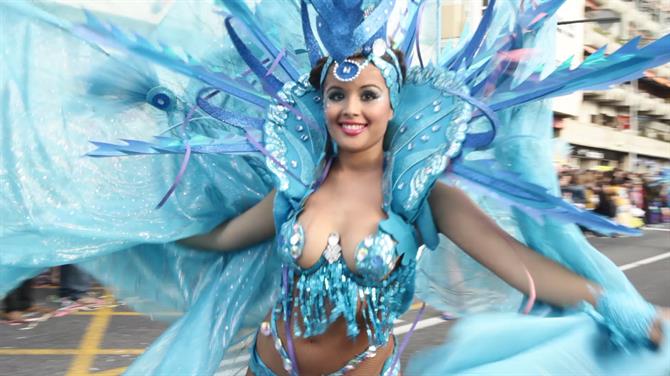
The Origins of Carnival
Carnival is celebrated all across the world, but Spain's versions have their own, unique touch. It's not as aesthetically extravagant or dance-orientated as the Carnivals of Genova (Italy) and Brazil, but the Carnival of Spain is all-encompassing and welcomes people of all ages and backgrounds to join the festivities, making it an unmissable event for anyone visiting Spain this February.
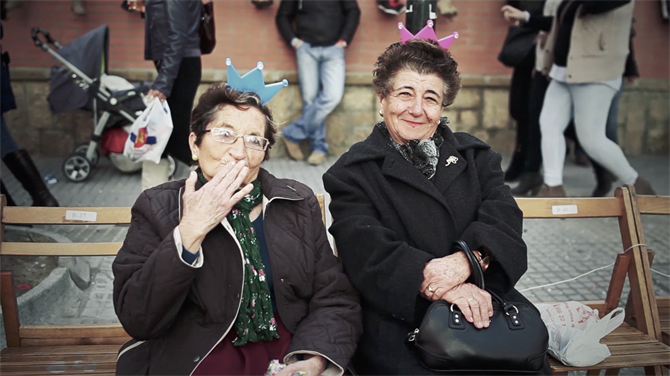
Revellers take the opportunity to dress up, change their identity and let go of the stress and worries of daily life in the alternate, fantastical reality of the Carnival. Carnival's origins lie in ancient Rome, but it wasn't long before the celebration spread through Europe. In the weeks before Lent, which was a time of both moral and dietary restrictions, citizens would throw huge parties with copious amounts of food and alcohol before the limitations of Lent began.
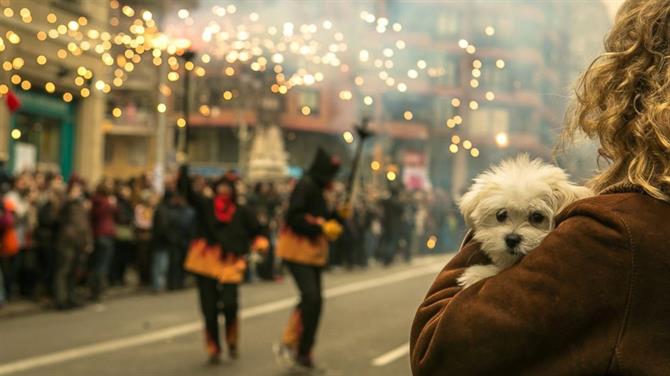
Many authorities over the years, including the Franco regime in Spain, attempted to ban the Carnival celebrations but the spirit of Carnival has survived and continues to grow in popularity. The Carnival festivities usually begin with a celebrity appearance and the street party kicks off soon after. It usually lasts about a week and includes parades, contests, costumes, circus performers and street theatre.
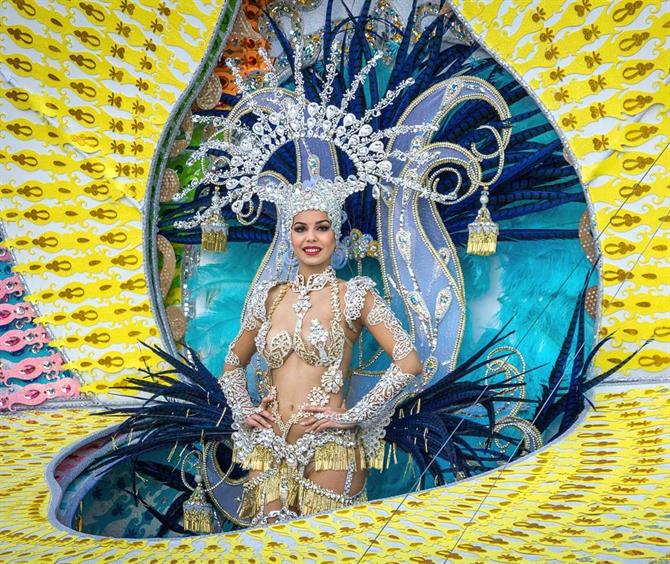
The biggest day of the celebration is Carnival Tuesday, which is followed by the closing ceremony on Ash Wednesday when the "Entierro de la Sardina" or "Burial of the Sardine" takes place. This ceremony is a parody of a funeral, during which a gigantic sardine float is set on fire, to say goodbye to life’s pleasures before Lent begins.
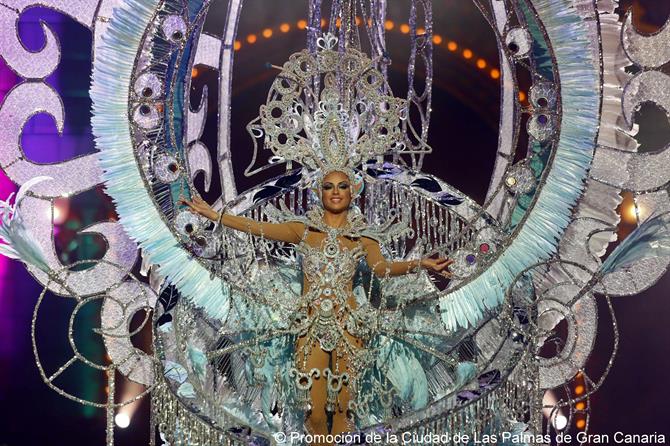
Spain’s Carnivals
Carnival is celebrated in various regions all across Spain but the biggest parties can be found in the Canary Islands, on the island of Tenerife; in the historic city of Cadiz in the region of Andalusia; in the rolling green landscapes of Galicia; and at the beachside party-town of Sitges.
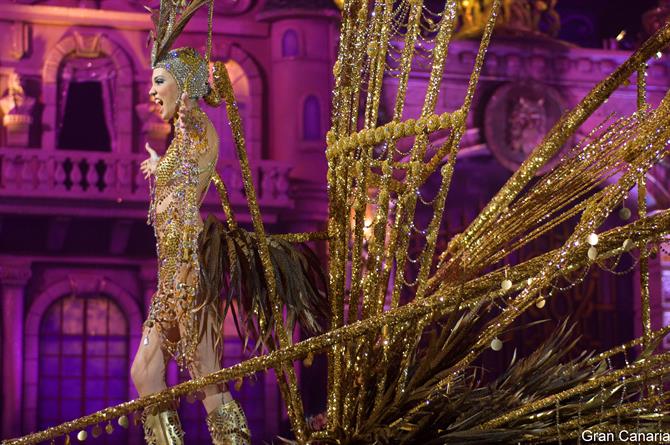
Tenerife Carnival
The biggest Carnival in Tenerife takes place in the capital city, Santa Cruz, during February and attracts people from all over the island and the world, it's an unmissable event for anyone on holiday in Tenerife. Santa Cruz’s main square is strewn with decoration and swells with stalls, music and a vibrant party atmosphere.
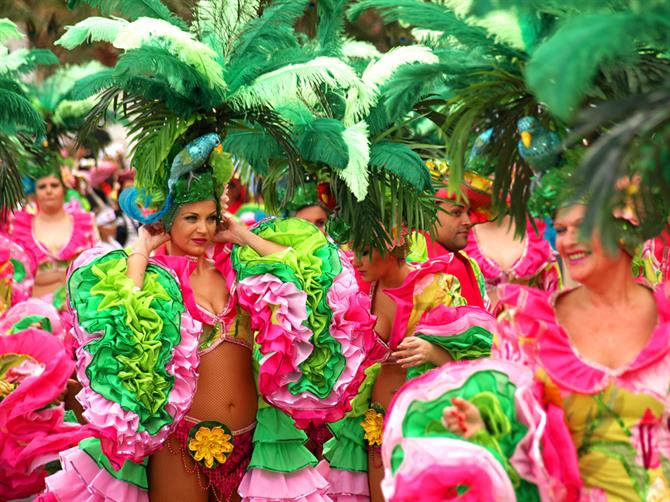
The Carnival lasts a week and is filled with non-stop street party activities including bands, dance troupes, fancy-dress competitions and antique car parades. The “coso” is the main event of the Carnival and takes place on the Tuesday. It is a huge parade and the official closing event of the Carnival, it attracts the most spectators of the whole week.
Cadiz Carnival
The city of Cadiz took inspiration for their Carnival from the city of Genova, Italy. Historically, the cities of Cadiz and Genova did a lot of trade and many Italians soon settled in the Andalusian city. After becoming nostalgic for the festivities of the Genova Carnival, they began imitating their own Carnival celebrations and since then, it has grown to become one of the biggest festivals in the whole of Spain.
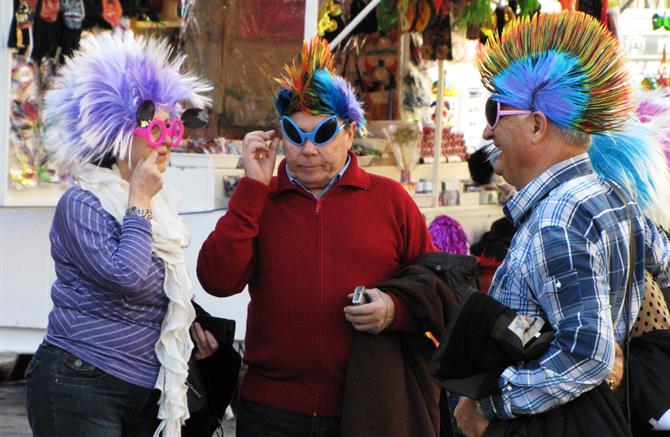
At the Cadiz Carnival, fancy dress is really not an option. Dressing up, transforming into a character and getting involved in the madness is an integral part of the Carnival experience. Like the Tenerife Carnival, the Cadiz Carnival is filled with musical groups, dance troupes, circus acts, parades, floats and fantastical costumes, enjoyed by spectators over 10 magical days.
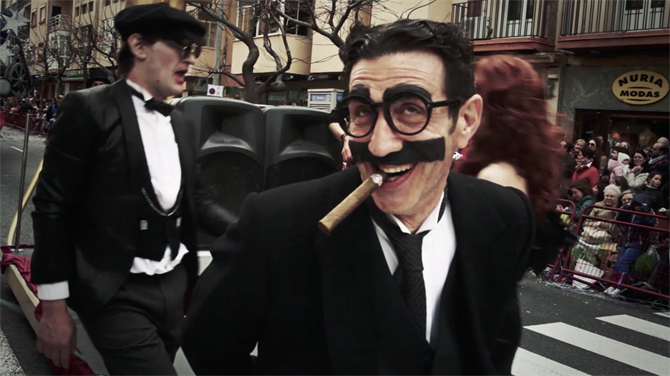
Sitges Carnival
Sitges is one of Spain’s number one gay destination. The Carnival here is a particularly flamboyant, uninhibited display and over 250,000 people come and visit this little town, filling it with colours and life over the course of seven days.
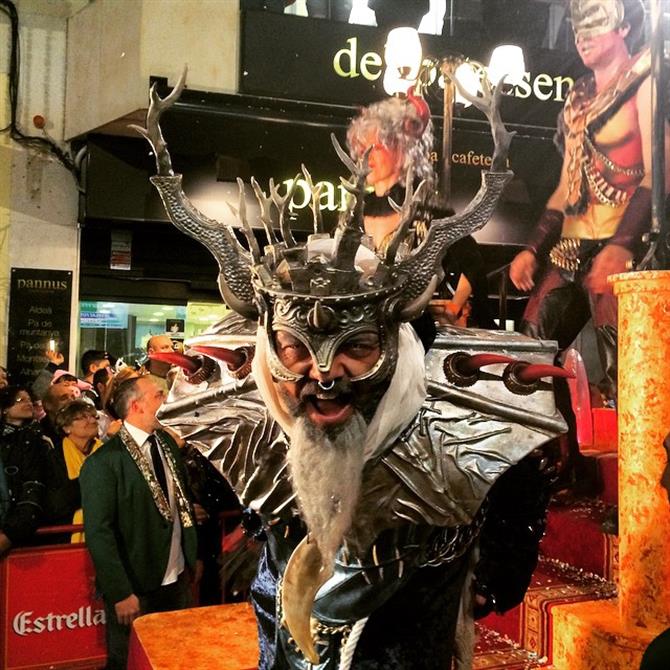
The parades of the Sitges Carnival are particularly show-stopping and feature bright floats and a Carnival King and Queen.
Galicia Carnival
The Galicia Carnival is considerably different than the Carnivals of Tenerife, Cadiz and Sitges and is known in Galician as an “Entroido” or “Antroido”. There are various Carnivals of different themes in each Galician village, but each of this exhibit more historical and traditional themes rather than the typical, modern Carnival themes.
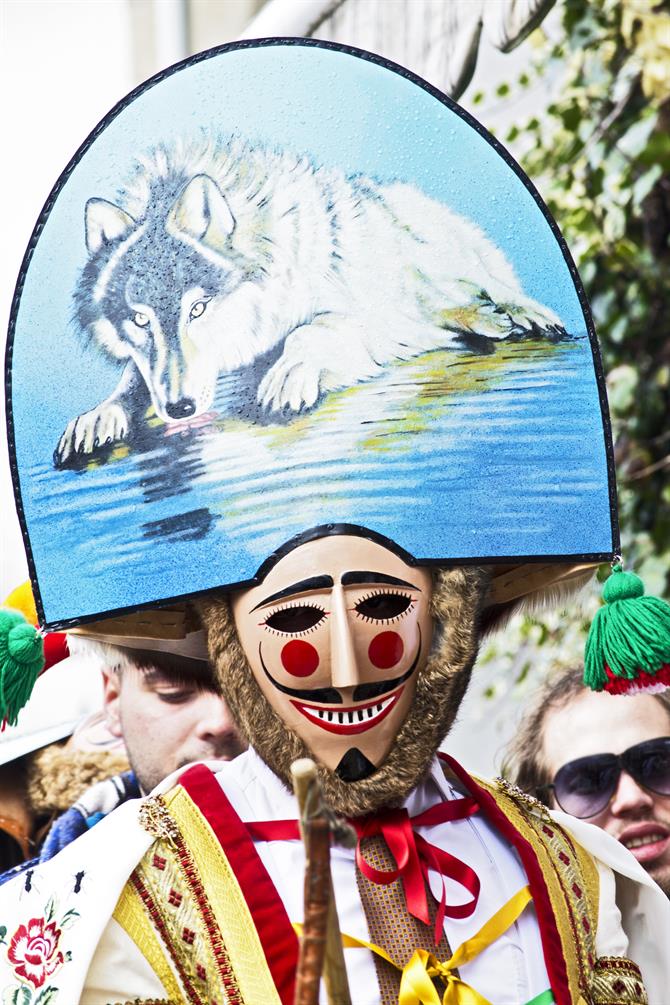
The majority of the biggest and most interesting Galician Carnivals take place in the province of Ourense. If you visit this area shortly after Christmas you’ll see the preparations for Carnival being laid down and interestingly, Galicia is home to some record-breaking Carnivals.
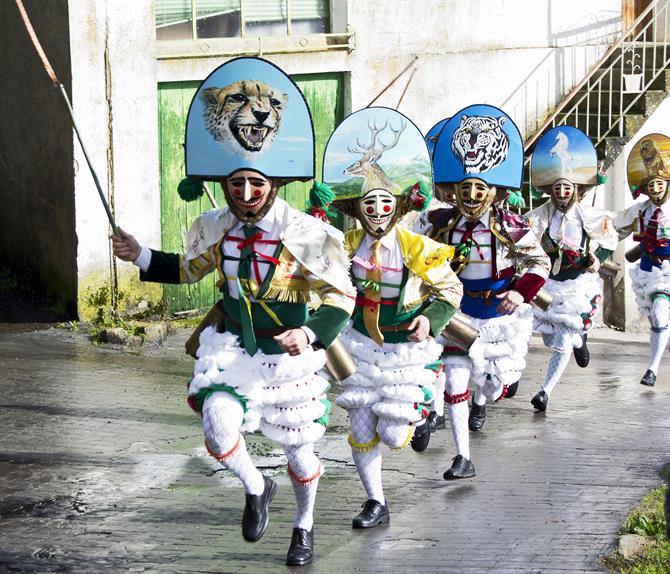
The Sardine’s Funeral and The End of Carnival
Wherever you choose to party this February in Spain - Carnival all ends in the same way, with the curious tradition of the "Entierro de la Sardina" or "Burial of the Sardine". During this event, a huge sardine made of rag, cloth or paper mache is paraded through the streets on a huge throne float and finally, it is set alight as part of a huge bonfire and firework display.
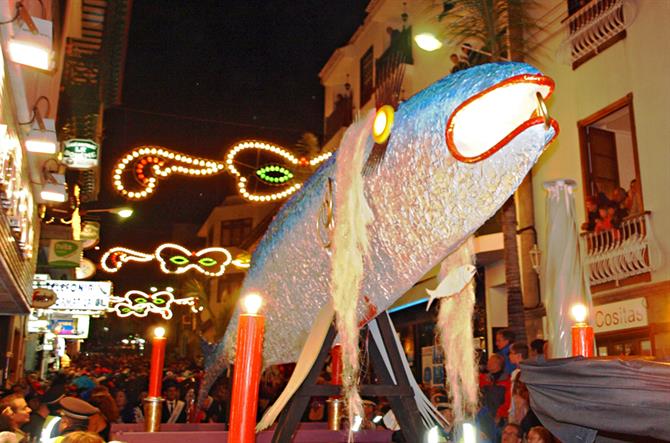
A strange but fascinating week of celebrations and traditions, the Carnival truly is a unique and exciting event which gives visitors a taste of Spain's culture and love of partying! If you are travelling to Spain during February, do your best to visit one of these fantastic street parties and get involved!
